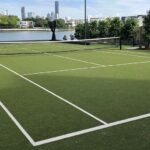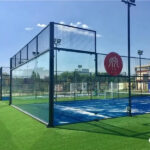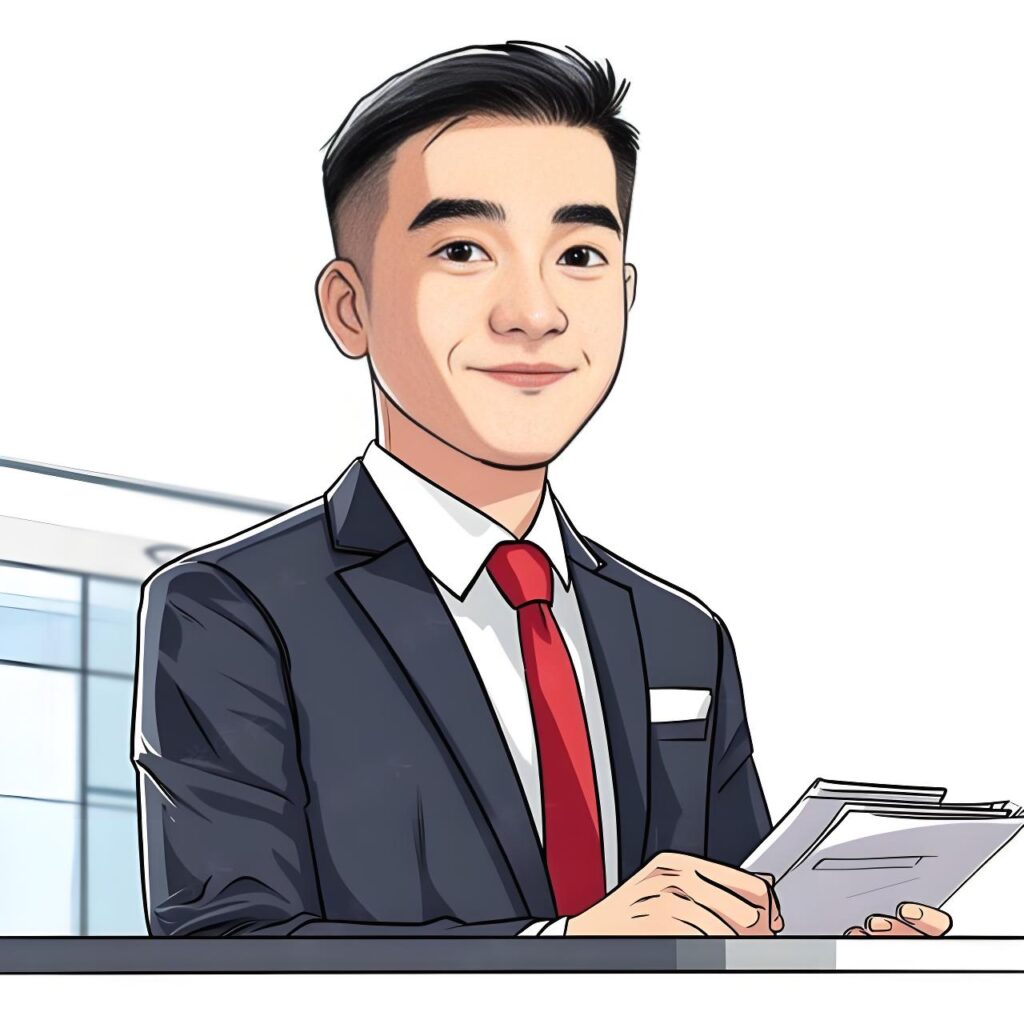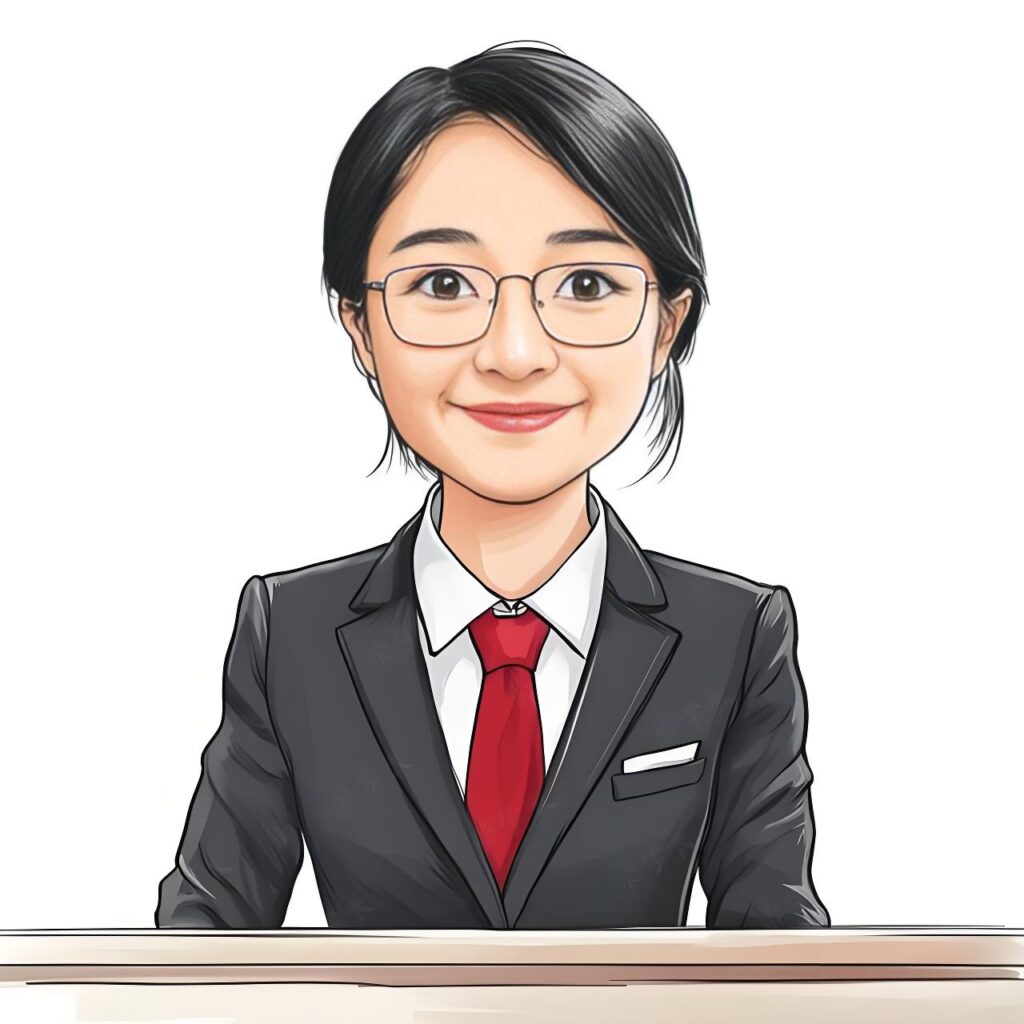Nowadays, artificial turf is widely used, and with the continuous improvement of technology, there is no filling football grass. Now football field lawns are mainly divided into filled football grass and unfilled football grass, so do you know the advantages and disadvantages of filling and filling-free?
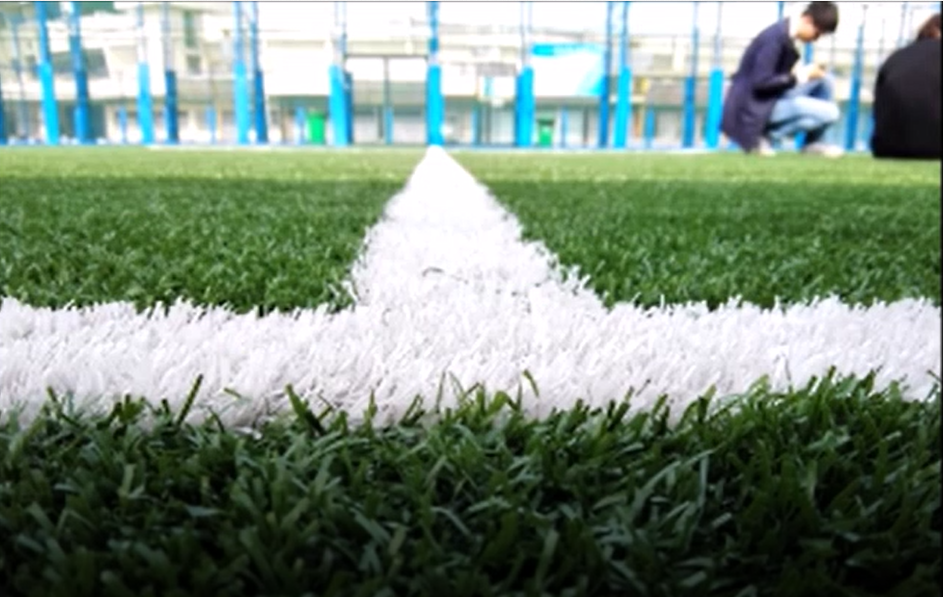
Non-fill artificial football field turf
Advantages
First, the cost is low. Fill-free artificial turf no longer needs to be filled with quartz sand and rubber environmental protection particles during the laying process like traditionally filled grass, which means that it saves customers a large part of the cost of filling accessories in the entire site (site construction costs). ), and the maintenance cost will not be increased in the later stage due to the lack of quartz sand and particles. Second, the paving is easy to move. It can be moved according to different needs, and will not affect the use of other venues, especially some indoor venues, which can quickly change venues (ball games and concerts). Third, the performance is good. The grass silk used in free-fill artificial turf is a high-density, heavy-weight mixed grass, so the wear resistance and resilience are better than other grass silks.
Disadvantages
First, it is easily damaged. Because the unfilled artificial turf lacks quartz sand and particles to protect the bottom and roots of the grass, it will be squeezed and stepped on by studs during long-term sports, which will easily damage the bottom. Second, fatigue. Generally, non-filled artificial turf will be paved with a layer of SEPP shock pad in order to improve elasticity and cushioning to improve sports performance. Because of the lack of padding, it is relatively soft to step on, which will cause a certain amount of foot fatigue after the athlete has exercised.
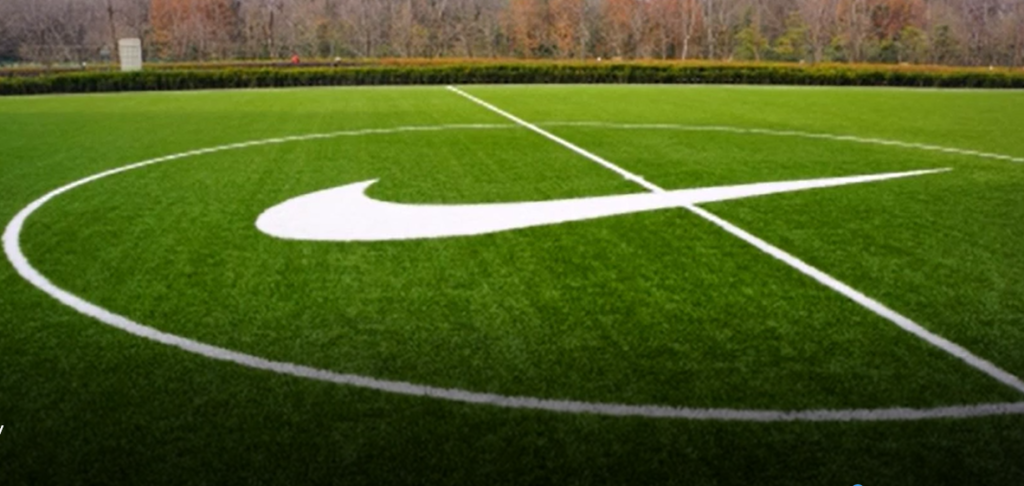
Filling artificial football field turf
Advantage
First, is stability. Artificial grass has been developed from the first generation to the sixth generation of filled artificial grass, so it is relatively stable in technology and application.
Second, practicality. Filling with quartz sand and particles can maintain the straightness of the grass, increase the elasticity, maintain the directionality of the ball in motion, avoid uncertain factors during the game, and reduce the chance of players being injured in sports.
Disadvantages
First, maintenance costs are high. Everyone knows that the maintenance cost of filling artificial turf is mainly to supplement the filling to maintain the flatness of the court. If it is maintained once a week for 40 hours, especially for the fields with high practical frequency, the cost of such maintenance is also very large. overhead.
Third, the installation process is complicated. It is necessary to fill rubber particles and quartz sand, which increases the overall cost of the project. In addition, for some large venues such as 11-person venues, a particle filling machine is also required, and the sand filling machine also greatly increases the cost.
Fourth, security. Artificial grass is produced with environmentally friendly food-grade raw materials, which do not have safety problems, but rubber particles have many similar problems, so pay attention when choosing fillers.
So, is unfilled football grass more suitable for football fields or filled football grass? In fact, there is no definite answer to this. The choice is mainly based on the budget of the respective venue project, because 80% of the football fields on the market in China are filled type, and only 20% are filled-free, but the utilization rate of filling-free is increasing this year The trend is far more than the filling type.
